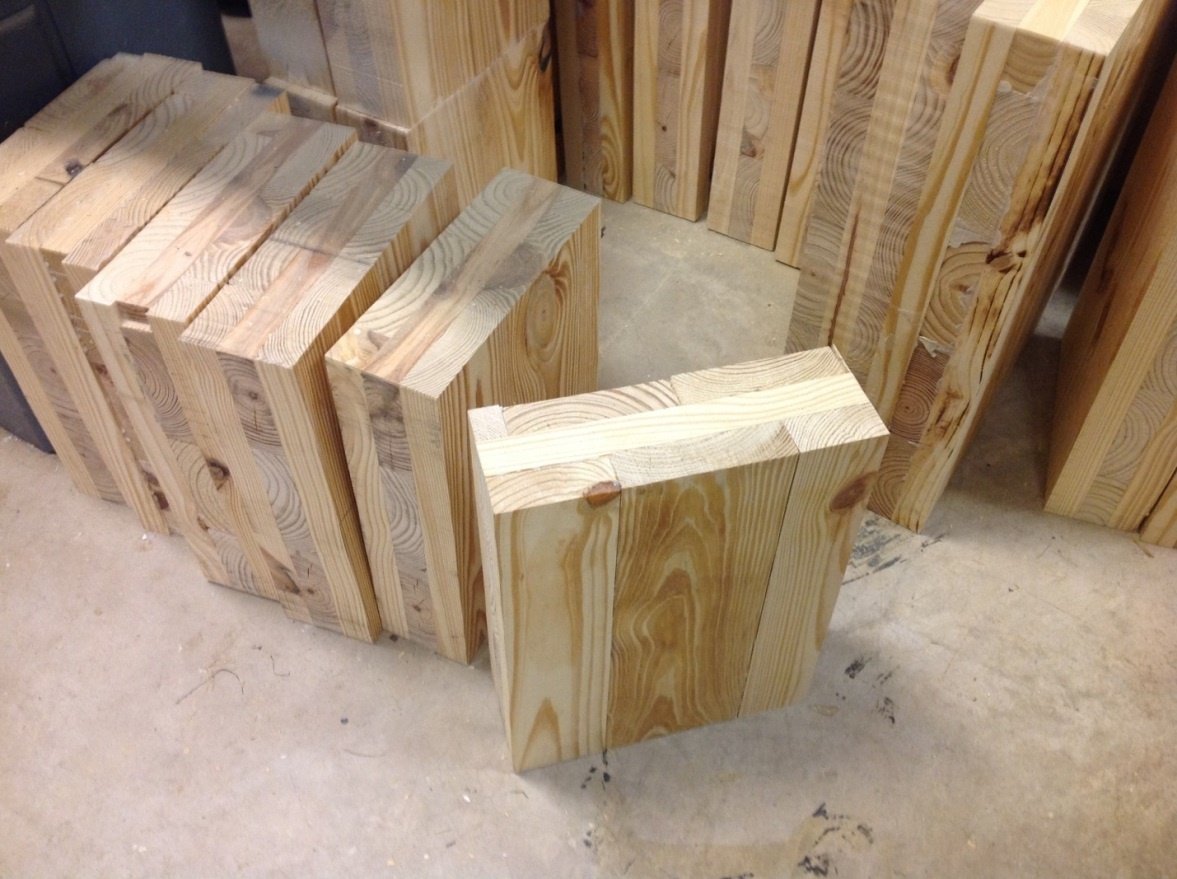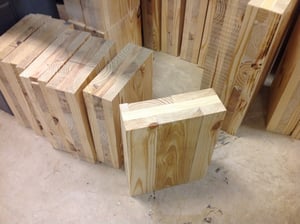3 min read
CLT & Mass Timber Popularity, Projects Take Off Across the Globe
John Greene
:
July 21, 2020

The number of cross-laminated timber (CLT) and mass timber building projects in development across the globe highlights a changing landscape in building codes and construction preferences. The widespread acceptance of — and in many cases preferences for — wood-based building materials has exploded over the last decade.
Policy drivers such as the Timber Innovation Act and the International Code Council’s change in building codes have assisted in making these products more mainstream, which has driven new investment into the sector. But the public is also increasingly aware of “green” initiatives that mitigate climate change, sequester carbon and keep forested lands as growing forests, all of which CLT help to achieve.
There are myriad structural, cost and environmental benefits to using CLT and other mass timber products in suitable construction projects:
- CLT-based buildings take less time to construct; because mass timber panels are prefabricated, smalle
 r crews can assemble structures more safely and in less time. The speed advantage is amplified because manufacturing can occur simultaneously with site and foundation work, reducing time between construction phases and shortening construction time.
r crews can assemble structures more safely and in less time. The speed advantage is amplified because manufacturing can occur simultaneously with site and foundation work, reducing time between construction phases and shortening construction time.
- Mass timber buildings are more energy efficient. Unlike other building materials, they are comprised completely from renewable materials that sequester carbon, keeping it out of the atmosphere indefinitely.
- Using wood in place of fossil fuel-intensive materials avoids most of the greenhouse gases that would have been emitted during the manufacturing of such products. While a ton of cement emits nearly a ton of carbon in its production process, a ton of timber has the potential to remove (and store) up to two tons of carbon absorbed from the atmosphere.
To apply some of the numbers to these benefits, Shane Totten of Georgia’s Southface Institute recently wrote: “You may be aware that existing buildings impose a significant burden on the country’s energy systems. In 2018 buildings represented about 40% of total energy consumption generating about 40% of annual greenhouse gas (GHG) emissions. You might not be aware that newly constructed buildings contain a substantial amount of embodied carbon because the energy, materials and processes they require to be constructed emit carbon before the building even begins to operate. That embodied carbon comprises about one-fourth of annual building related emissions. Ten percent of all US annual emissions come from constructing buildings!”
Headlines in CLT and Mass Timber
Georgia Clears the Way for Taller Wood Buildings
Following the lead of other forward-looking states, Georgia House Bill 7773 (HB 777) will instruct the Department of Community Affairs to investigate amending the state’s building codes to allow tall mass timber construction types as contained in the 2021 International Building Code for construction. The department will complete the review process by July 1, 2021.
Speaking on the new policy development, Totten said that his organization “…believes the intent of House Bills 777 and 1015 can create jobs and increase skills; reduce the carbon footprint of new buildings; and create new economic value from our forests and our buildings.”
Summit Completes Chicago’s First Mass Timber Project in 50 Years
Summit Design + Build, LLC recently completed the new construction of 1040 W. Fulton, a five-story, 42,000-square-foot office building in the Fulton Market District of Chicago. Heavy timber construction was used to build 1040 W Fulton, making it the first multi-story mass timber building in Chicago in 50 years.
Floors 4 and 5 of the building are home to Summit Design + Build’s new headquarters. “1040 W. Fulton is a showplace for our company and an example of what is possible in the modern age of wood construction,” said company president Adam Miller.
As both the owner and general contractor of the building, Summit Design + Build chose wood construction because it’s a material consistent with other buildings in the historic neighborhood. “The project really echoes the neighborhood’s history when it was a meatpacking district and the majority of the buildings were made of raw milled heavy timber construction,” said Miller.
Allianz Finances Development of Europe's Largest Cross-Laminated Timber and Low-Carbon Office Campus
Allianz Real Estate, acting on behalf of several Allianz group companies, has provided €200 million in financing to a consortium of investors for the development of Arboretum, the first office campus in the Paris region to be constructed primarily from wood and also the largest solid-wood office development in Europe. The site is set for delivery from 2022.
Allianz is providing 46.3 percent of the overall total financing of €432 million. Investors in the project include ICAWOOD, a fund specializing in low-carbon-emission office developments and in which Allianz has a 6.9 percent equity stake, and BNP Paribas Real Estate.
Arboretum will consist of seven buildings spread over 22 acres, of which six will consist of private green spaces. The campus will offer over 126,000 square meters in office and services gross leasable area. Five of the seven buildings will be built primarily from CLT and will meet the highest environmental standards as well as low-carbon labels such as BBCA or E+C-.
Global Software Giant Atlassian to Build World's Tallest Hybrid Timber Building in Sydney
Australian software company Atlassian announced plans to build its new headquarters in a state-of-the-art mass timber and steel skyscraper. The 40-story building will officially become the world's tallest "hybrid timber" tower.
Atlassian’s building will initially hold 4,000 workers, which includes room for growth over the company's 3,600 employees in 2019. Besides the carbon-neutral structure, the building will also run completely on renewable energy. The windows will also self-shade to reduce radiant warming, and the entire building will be fitted with solar panels.





